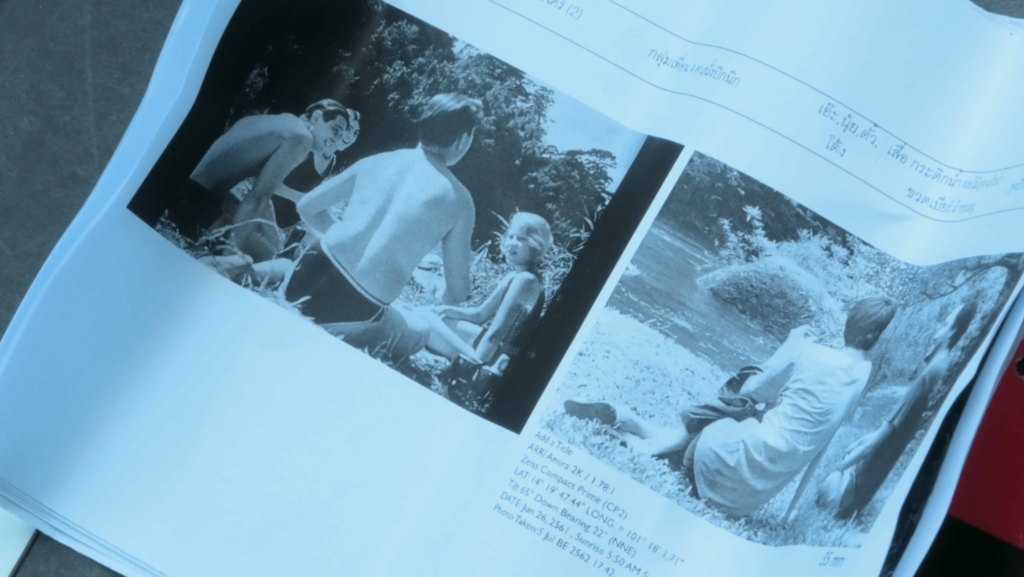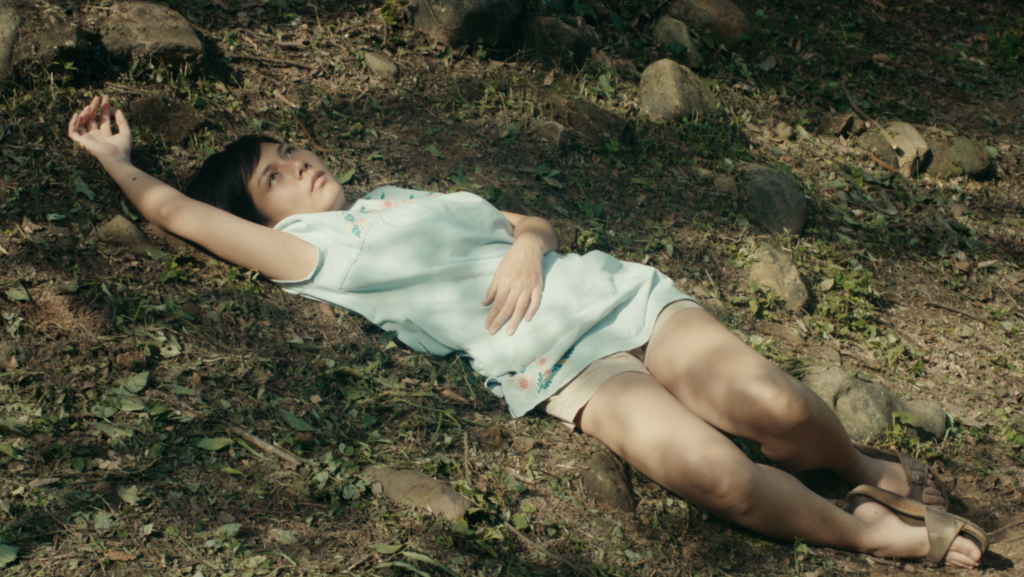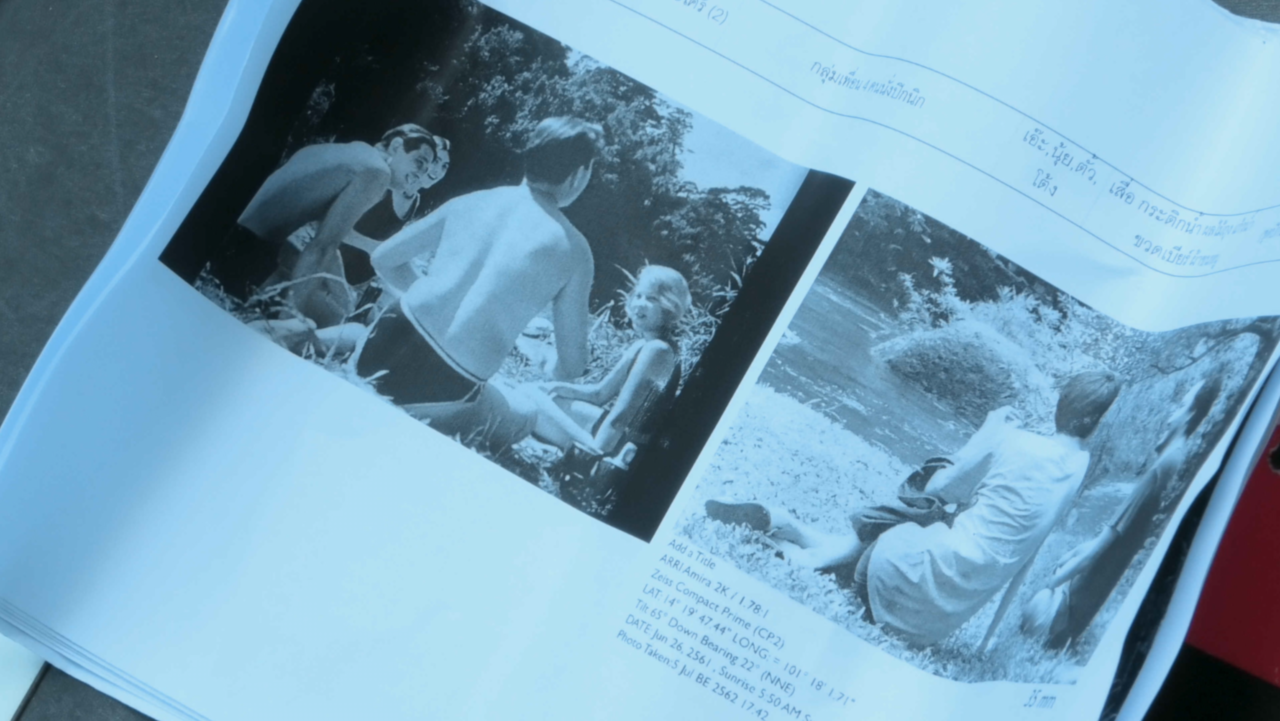Working | Relaxing
By Charles Kurniawan

People On Sunday
Thailand / 2020 / 21 min / Thai
Director: Tulapop Saenjaroen
At SGIFF 2020, Southeast Asian Short Film Competition, Programme 3
Imagine seeing a blue screen: calming and relaxing. Definitely not the blue screen you see when your computer is broken. Listen to positive quotes: be positive, be better. The blue color slowly turns into different colors. Opening with this soothing color relaxation therapy visual, this is certainly going to be an eccentric film. People on Sunday, an homage to a German film, Menschen am Sonntag (1930) shares different perspectives from moving image workers on their work: a non-actor who is acting on Sunday for extra money, a cameraman who shoots behind-the-scene because he is not comfortable to be on camera and an editor who watches non-work-related clips during break.

This film raises an interesting question regarding working and free time. If non-actors are asked to act natural and relax, are they acting? If non-actors are having shoots on Sunday because they are working on weekdays, are they also working on Sunday? If we are showing BTS clips as part of the film, is it behind the scenes? If an editor is having a break by watching non-work-related clips, is the editor still working? This film challenges us to think and question about things. It does not give any answer. It makes us reflect about the topic.
There is a montage of unused behind-the-scenes clips with its original sounds. It feels like an ASMR that is crafted in a perfect satisfactory way. It gives a relaxing and soothing sensation. Relaxing is the main theme of this film. We see several color relaxation therapy clips throughout the film. We see the non-actors acting relaxed. We see what the crews do behind the scene which mostly show them during break – or should I say, relaxing. We see what the editor does or watches for relaxation. It is ironic that all of them are still working in a sense when they are supposed to be relaxing.
A color relaxation therapy clip recurs during this film, a visual that director Tulapop Saenjaroen uses as a transition between segments. It prepares you for the next segment. Saenjaroen is very generous with free time. He places an intermission titled “Free Time” with a one-minute countdown right before the third segment. It gives the audience the time to do anything, to check their phones for example. However, people tend to use the time to reflect and think: questioning his decision to put color relaxation therapy clips and an intermission. People watch films for pleasure, but they end up having to think harder to get to know the director’s intention.
This film is an interesting take on discussing work-life balance. There is only a thin line or even blurred line between working and relaxing. It is something that we might not get from the first viewing because he does it in a quirky way. Surely we also must have felt guilty of doing work while relaxing, and without us realizing. It makes me wonder: I am joining this programme during my free time. Now, I am writing this review. Am I working, or am I relaxing?


